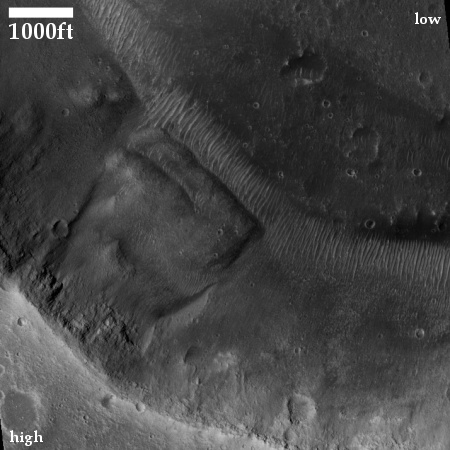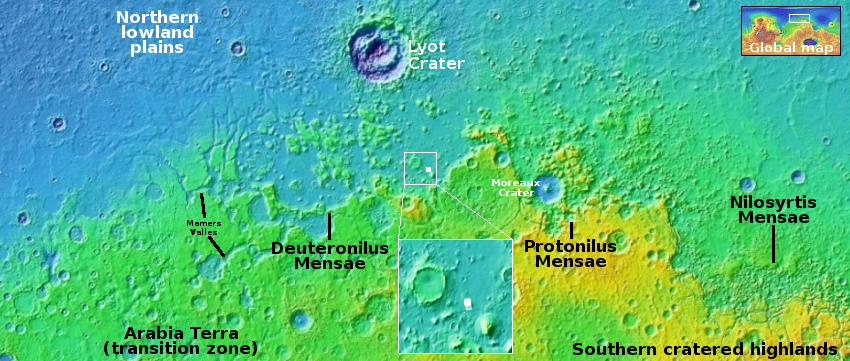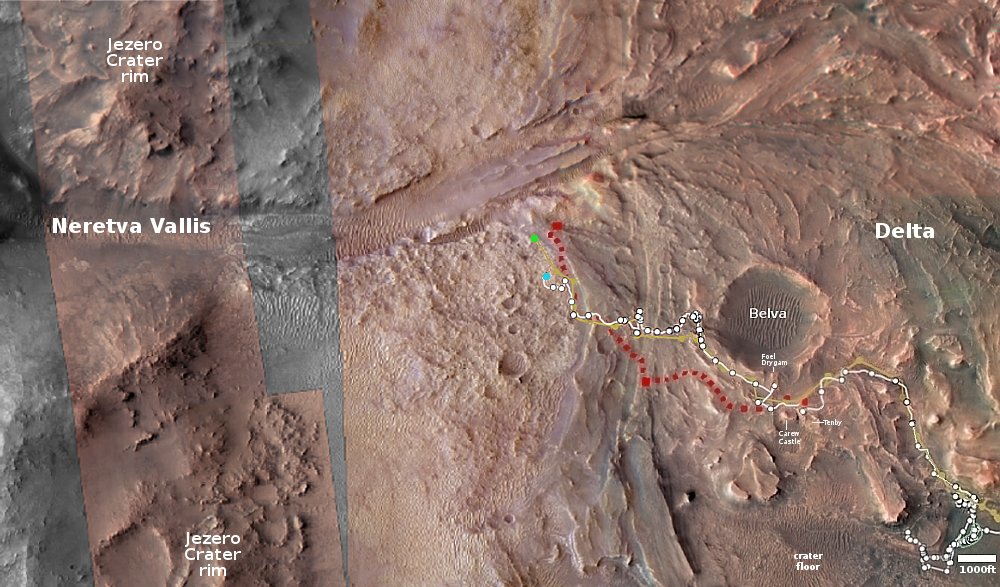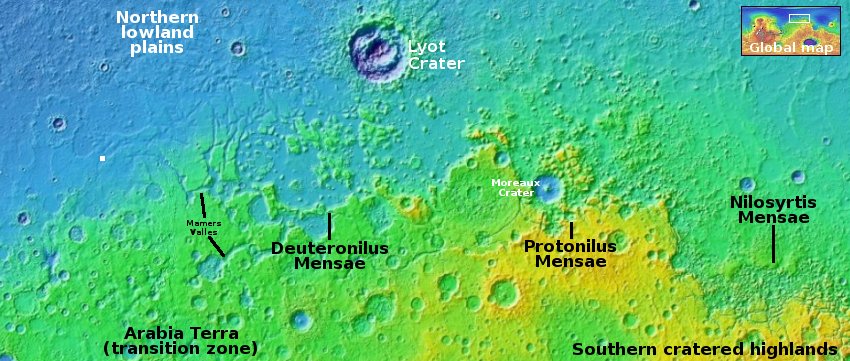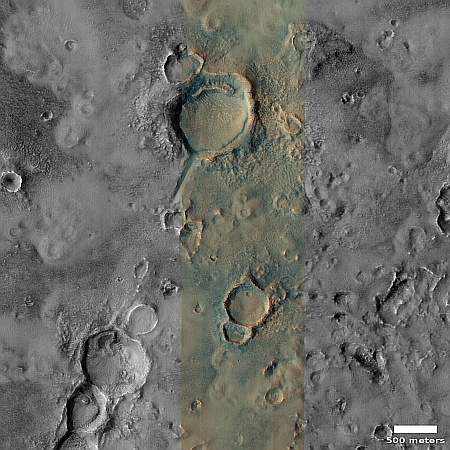October 11, 2023 Quick space links
Courtesy of BtB’s stringer Jay.
- Relativity signs multi-launch agreement with Intelsat
The launches are for Relativity’s new Terran-R rocket, not yet launched, and will begin as early as 2026. The deal likely also allows Intelsat complete freedom to go elsewhere if Relativity has problems delivering.
- Blue Origin confirms that Brent Sherwood, head of the company’s Advanced Development Programs, is retiring
This is likely part of the house-cleaning in connection with the exit of CEO Bob Smith. The company desperately needs new leadership willing to get something, anything, done.
- Astra considering selling 51% of its propulsion division as well as parts of other divisions
If so the company would be selling its most productive division at this point, suggesting its future is dim indeed.
- A picture of the outside of OSIRIS-REx’s sample collector
The rocks and dirt in the middle right are extra material from Bennu that were captured and retained outside the collector. The scientists say a preliminary look at the material has found carbon and water (held in molecules of other material), but that is not news, as we already knew both were there.
- Spacewalk on ISS cancelled as engineers assess the coolant leak from Russia’s Nauka module
This leak is far more serious than the previous two leaks, as it is part of ISS itself, not a Progress or Soyuz capsule that is there only temporarily.
- Sierra Space selected by DARPA for its “10-year lunar architecture study”
The tweet suggests merely that Sierra has been selected to enter contract negotiations, not that it has won a contract.
Courtesy of BtB’s stringer Jay.
- Relativity signs multi-launch agreement with Intelsat
The launches are for Relativity’s new Terran-R rocket, not yet launched, and will begin as early as 2026. The deal likely also allows Intelsat complete freedom to go elsewhere if Relativity has problems delivering.
- Blue Origin confirms that Brent Sherwood, head of the company’s Advanced Development Programs, is retiring
This is likely part of the house-cleaning in connection with the exit of CEO Bob Smith. The company desperately needs new leadership willing to get something, anything, done.
- Astra considering selling 51% of its propulsion division as well as parts of other divisions
If so the company would be selling its most productive division at this point, suggesting its future is dim indeed.
- A picture of the outside of OSIRIS-REx’s sample collector
The rocks and dirt in the middle right are extra material from Bennu that were captured and retained outside the collector. The scientists say a preliminary look at the material has found carbon and water (held in molecules of other material), but that is not news, as we already knew both were there.
- Spacewalk on ISS cancelled as engineers assess the coolant leak from Russia’s Nauka module
This leak is far more serious than the previous two leaks, as it is part of ISS itself, not a Progress or Soyuz capsule that is there only temporarily.
- Sierra Space selected by DARPA for its “10-year lunar architecture study”
The tweet suggests merely that Sierra has been selected to enter contract negotiations, not that it has won a contract.

